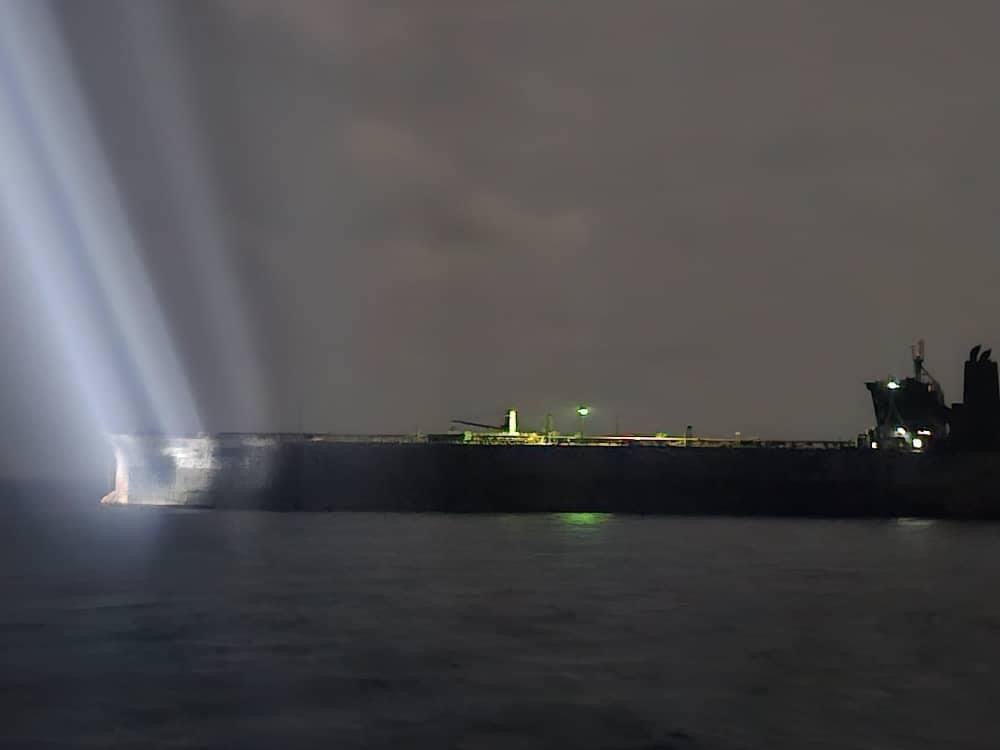By John Kemp
LONDON, April 27 (Reuters) – Global freight volumes fell at some of the fastest rates for three decades earlier this year, but at the end of the first quarter showed signs of bottoming out.
Volumes were down by -2.1% between December and February compared with the same period a year earlier, according to the Netherlands Bureau of Economic Policy Analysis (“World trade monitor”, CPB, April 25).
The rate of decline was in the 8th percentile for all overlapping three-month periods since 1992; volumes have only fallen this fast during the last three recessions in 2020, 2008/09 and 2001/02.
Reflecting the global slowdown, the U.S. rail network hauled 1.06 million containers in February, the lowest for the time of year since 2015 and before that 2012, data from the Association of American Railroads showed.
Global freight has been hit by excess inventories held all along the supply chain as consumer and business spending has reverted from merchandise to services after the pandemic.
Persistent inflation, rising interest rates and increased fears about an impending recession have also encouraged households and firms to be more cautious about spending.
But the most recent data, albeit only covering a small number of transport hubs, shows freight volumes may have stabilised or improved at the very end of the first quarter.
The port of Singapore’s container throughput climbed to a record high of 3.34 million twenty-foot equivalent units (TEUs) in March.
In China, freight movements climbed to a seasonal record of 2,022 billion ton-kilometres in March, as industries returned to production after disruptions caused by lockdowns and the pandemic’s exit wave.
At London’s Heathrow airport, cargo was down more than 9% in March compared with the same month a year earlier, but volumes have steadied since the fourth quarter.
In the United States, the number of shipping containers handled through the nine biggest ports was down 22% in March compared with a year earlier, but was broadly in line with the pre-pandemic average for 2015-2019.
The cost of containerised ocean shipping has risen slightly in recent weeks after declining almost continuously for a year, according to the Freightos Baltic Exchange global container index.
Outside China, industrial activity is poised on the threshold between a mid-cycle slowdown (from which it would re-accelerate) and a cycle-ending recession (with weakness feeding on itself).
China’s re-opening after the pandemic is providing some impetus to other economies, and businesses have started to work down their excess stocks, with the inventory cycle likely to be completed in the third quarter.
Lower energy prices are also a stimulus, with the cost of oil and gas significantly lower than this time a year ago, easing some pressure on firms and consumers.
On the downside, manufacturers and distributors face intensifying headwinds from persistent inflation, rising interest rates, an increasing number of corporate layoffs, and growing caution in business and household spending.
John Kemp is a Reuters market analyst. The views expressed are his own.
(Editing by Barbara Lewis)

 Join The Club
Join The Club












